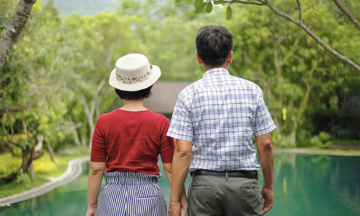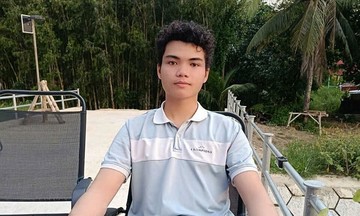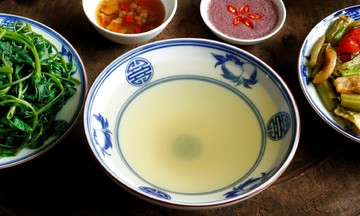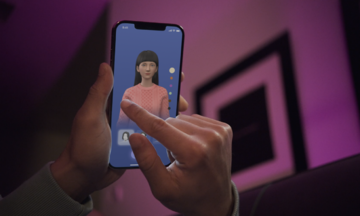"Customers often ask if the unit purifies the air, cools quickly, and saves electricity," Minh Truc, owner of Khang Minh Electronics and Refrigeration in Khanh Hoa, said about how people choose air conditioners today. After nearly two decades in the business, she has witnessed a significant shift in consumer habits. Especially after the Covid-19 pandemic, many families have started prioritizing indoor air quality, not just temperature.
In urban areas or regions with year-round heat, air conditioners have become essential. According to Truc, many customers choose air conditioners for children or the elderly, so health factors are prioritized. "Not everyone fully understands the technology, but if we advise them based on their needs, they are willing to invest more," she said.
Truc observes a clear stratification of consumers based on their spending power. For the general consumer group, price remains the top priority. However, if advised on a slightly more expensive product with energy-saving or air purification features, they are often willing to change their choice. For customers accustomed to Japanese and Korean brands, the brand is a crucial factor, but they also need guidance from the seller.
"Not everyone reads the entire instruction manual. If the seller understands the product and addresses the customer's needs, they will trust and choose the right product for their family," she shared.
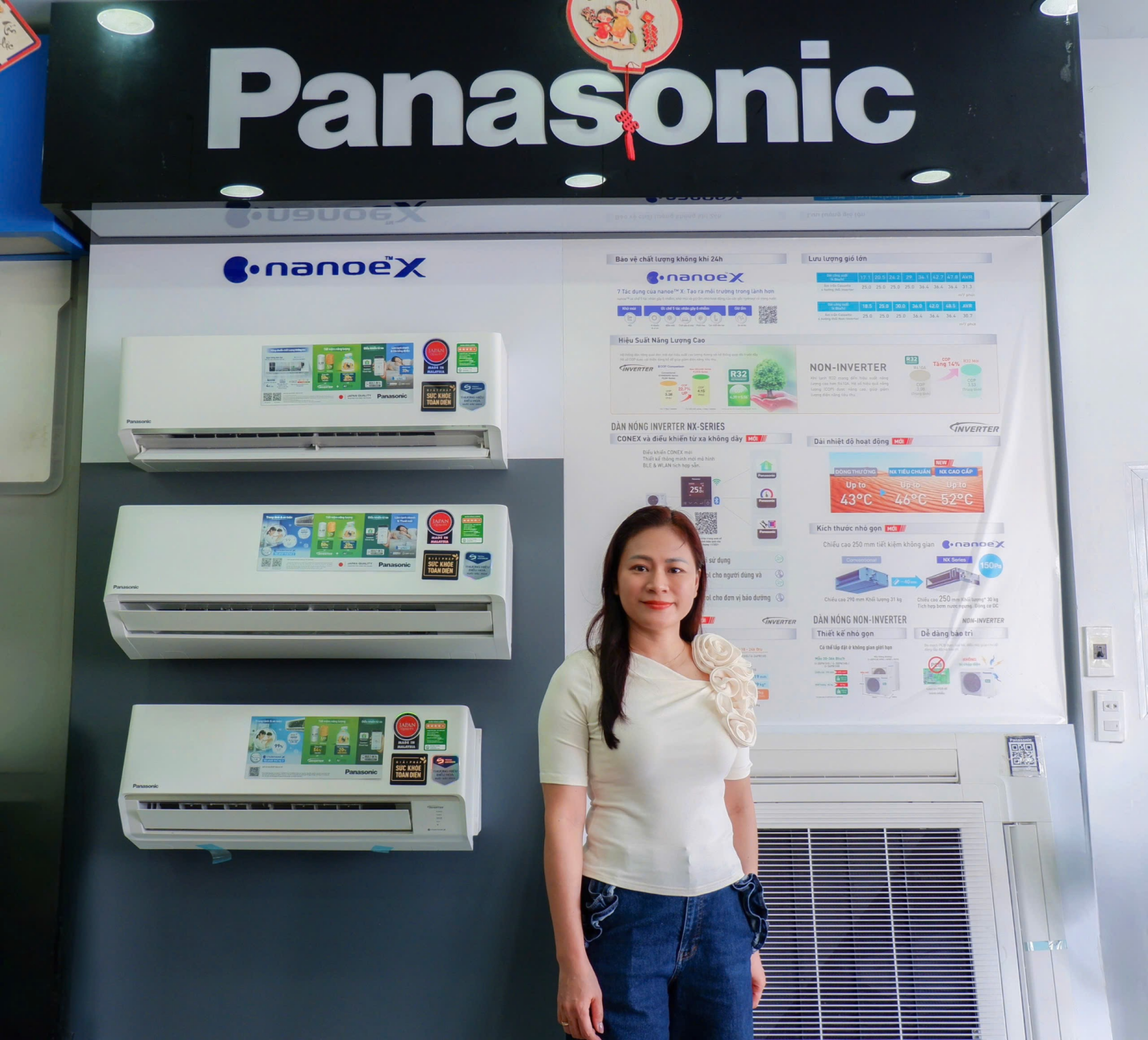 |
Minh Truc, owner of an air conditioner distribution business in Khanh Hoa. Photo: NVCC |
Minh Truc, owner of an air conditioner distribution business in Khanh Hoa. Photo: NVCC
According to a report from Credence Research, the Vietnamese air conditioner market is growing, with an estimated size of over 1.4 billion USD in 2024 and projected to double by 2032, driven by products focused on technology, health, and environmental friendliness.
Many brands are now integrating advanced features to meet this demand. Truc cites the Panasonic XU air conditioner line as an example – one of her best-selling products recently. The product features AI.Eco mode, which learns usage habits to adjust cooling capacity, combined with inverter technology to save over 50% energy compared to conventional operation.
In addition to energy savings, buyers are also interested in active air purification. The Panasonic XU line features nanoe X technology, which actively inhibits bacteria and viruses, and nanoe-G technology, which captures small dust particles like PM 2.5, returning clean air to the home.
Another advantage is the Clean Air Indicator, which displays air quality through a three-color light system: red (polluted), yellow (moderate), and green (clean), allowing users to monitor and adjust accordingly. Furthermore, the Humidity Sensor and iAuto-X mode maintain ideal humidity below 60%, reducing dry skin and discomfort during prolonged use.
According to Truc, many younger customers opted for higher-end models after learning about the remote control feature via phone. "They appreciate the convenience of being able to turn the unit on and off remotely and monitor daily and weekly power consumption," she said.
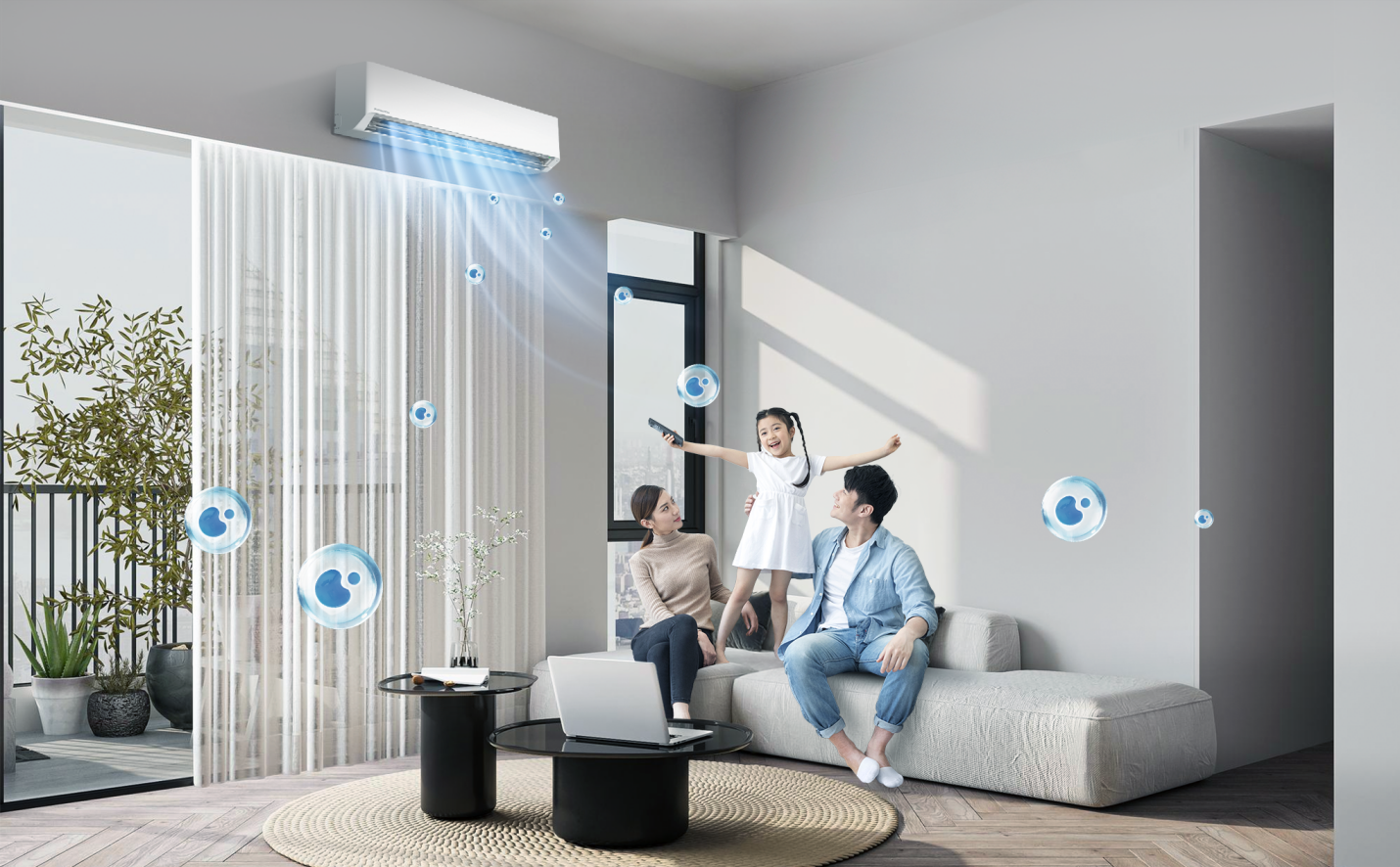 |
Panasonic XU air conditioners feature various air purification technologies. Photo: Panasonic |
Panasonic XU air conditioners feature various air purification technologies. Photo: Panasonic
At Truc's store, warranty policies and technical support are also frequently inquired about. "Customers want durable products with readily available warranty service in case of problems. Major brands offer various service policies to better meet these needs. For example, Panasonic, with its 72-hour warranty policy and on-site support team, provides reassurance for customers making a significant investment," she explained.
With this shift in consumer priorities – from "cool and cheap" to "clean and energy-efficient" – air conditioners are gradually becoming a long-term investment in family well-being.
Hoai Phuong
Learn more about the product here.



